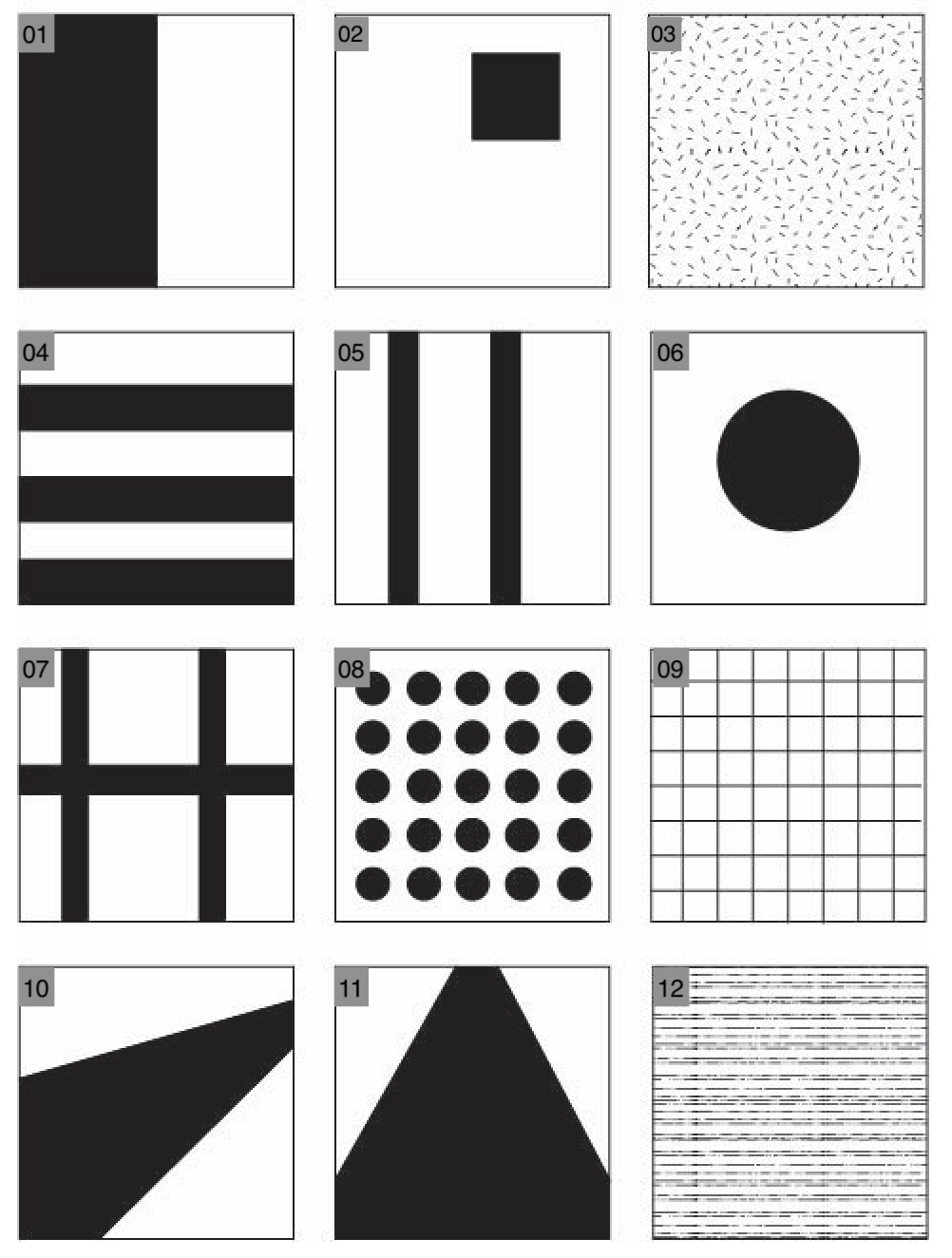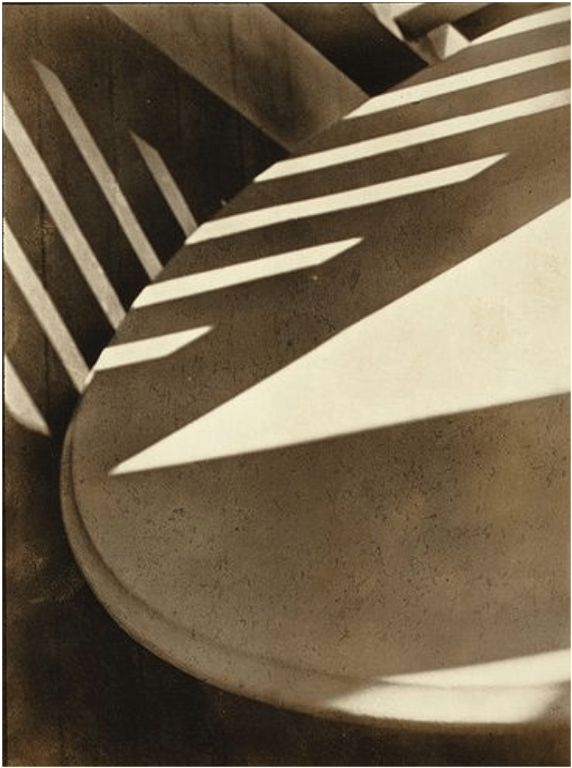







5 characteristics of the selected photographs:
This set of photographs uses both line and shape
There is a clear subject in every photo I have taken
Each photograph has a clear texture and each texture is different in there own way
The images all have different colors and some use multiple interesting colors
The set uses different geometric shapes such as squares and rhombuses.
In three of the photos, there is a repetition of similar shapes and elements of color. For example the three photos have blue color as well as squares on the architecture.
The artist used characteristics and elements of line and shape to enhance his images and create interesting abstract images which all have an appealing composition and make the viewer interested. The artist tries to highlight the different textures in architecture and uses different colors within his photographs to create an interesting sensation and not have bland photos with the same colors and textures. The artist highlights each distinct image and has a clear subject for each photo the lines and shapes on architecture . I have chosen this photographer because I like how he highlights the different elements on different pieces of architecture. I also like how he uses different colors and textures to enhance his photographs. The photographer relates to my vision because my vision is about architecture and how it relates to different elements of line shape, and texture.
“Sometimes I am surprised how a facade that I see with my eyes can make a picture. First we forget that it is a building, then the lines and perspective transform everything. In the end we only see the pattern.”
-Alexander Jacques
I chose this quote because it informs the viewer his specific ideas about his work and highlights the importance of lines and perspective to transform the image and create an interesting sensation. It helps me understand the photographers work because he says how he uses lines and perspective to show the interesting side of a building. In the quote he talks about the importance of lines and perspective and how they can be used to transform a image which you can see is used in his work on different types of architecture.

I chose this image because I really like the texture and color scheme in the image and like how Alexander Jacques used different elements such as line and shape to really enhance his photograph and create a distinct image from the others. The texture and blue part of the image looks 3 dimensional when it is really 2 dimensional. This is really interesting and surprising to me and I really like how he used these different elements to create an image which looks 3d. I also like the blue and white colors which the artist highlighted to create a distinct image from others.
The most important formal element in the photograph is repetition because the repetition in this photograph is used to create an interesting pattern which is distinct from other images because other images don’t have that 3 dimensional look to them. I chose repetition because it is used very well and to create an interesting pattern and highlight the important part of the image. I think repetition is important in this photo because it is used to create a interesting composition and scene of placement and the repetition of this 3 dimensional part of the architecture creates a very interesting pattern which makes the viewer think. I also think the repetition in the image creates interesting patterns of line in shape which are seen in the object in the architecture.
My chosen artist photo is abstract because the artist used a variation of elements such as repetition, line, shape to create an interesting pattern and make a very cool abstract image. The artist highlighted different elements on this piece of architecture to create a very interesting abstract image. I like how he only focuses on the pattern and color schemes in this photograph and only highlights a small part of the architecture which is very interesting for an architecture photographer. I like how he focuses on a small part of the building and highlights different elements to create an abstract image with different patterns and lines and shape. I will adapt my style to focus on the small parts of the actual buildings so I can highlight different parts of the buildings and create an abstract image with the many formal elements in the image. This image inspires me to create more architecture photos similar to this one as they show lot’s of different and interesting patterns and highlight many distinct colors which I find interesting.
Revised Vision Statement:
My vision is to highlight the interesting elements on buildings and show very absorbing colors in my image to add emphasis to my main subject. I will take photos in the style of Alexander Jacques. I am particularly inspired by other architecture photographers with a similar message to Alexander Jacques but I will take more images in the style of Alexander Jacques because he makes buildings very interesting and creates emphasis to distinct objects on buildings to create a pattern. I will take pictures that use patterns and repetition to bring out the main subject in that image as well as making architecture interesting.






















Recent Comments